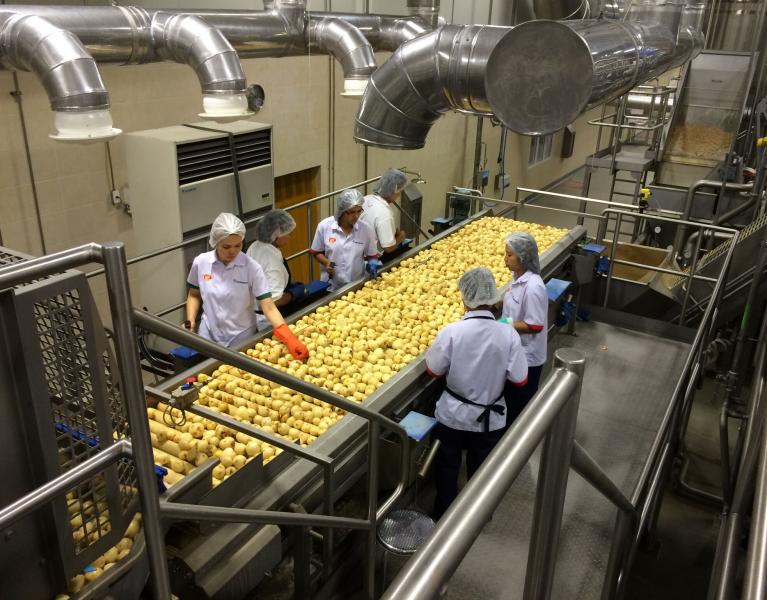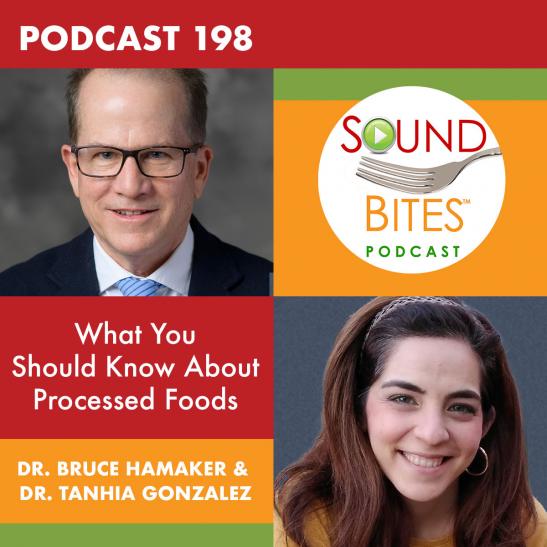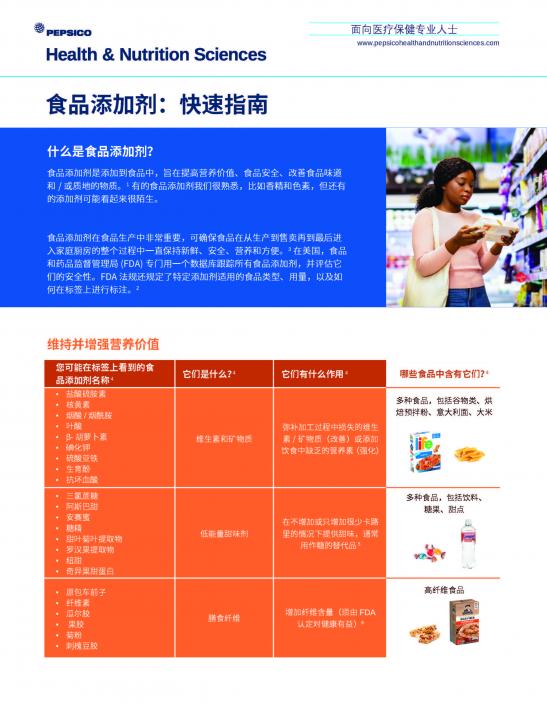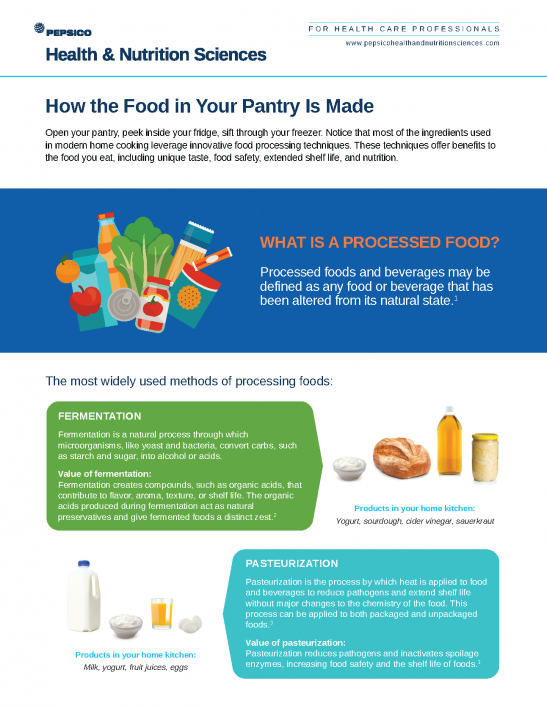Wang, X., Storsley J., Thandapilly S. J., Chu, Y. F., & Ames, N. (2016). Effect of processing, cultivar, and environment on the physicochemical properties of oat β-glucan. Cereal Chemistry, 93(4), 402-408. doi:10.1094/CCHEM-12-15-0245-R
Abstract:
Several food regulatory agencies around the world have approved health claims for oat-derived β-glucan for cholesterol lowering and glycemic control. The biological efficacy of β-glucan appears to depend both on daily intake and on physicochemical properties, such as molecular weight and viscosity. The objective of this study was to determine the effects of oat processing, genotype, and growing location on the physicochemical properties of β-glucan. Five oat genotypes (HiFi, Leggett, CDC Dancer, Marion, and CDC Morrison) grown in two locations (Saskatoon and Kernen) were dehulled (untreated) and processed in a pilot facility through kilning (kilned, not flaked) and subsequent steaming and flaking (kilned, flaked). Untreated groats gave a relatively low Rapid Visco Analyzer (RVA) apparent viscosity (164 cP) and a low extractable β-glucan molecular weight (332,440) but exhibited high β-glucan solubility (90.49%). Compared with untreated groats, the kilned (not flaked) samples had significantly increased RVA apparent viscosity (314 cP) and extractable β-glucan molecular weight (604,710). Additional processing into kilned and flaked products further increased RVA apparent viscosity (931 cP) and β-glucan molecular weight (1,221,760), but β-glucan solubility (63.83%) was significantly reduced. Genotype and growing environment also significantly affected β-glucan viscosity and molecular weight, but no significant interaction effects between processing, genotype, and environment were found. Results indicate that there is potential for processors to improve the physicochemical and nutritional properties of oat end products through processing of specific oat genotypes from selected growing locations.
Barrett, D. M., & Lloyd, B. (2012). Advanced preservation methods and nutrient retention in fruits and vegetables. Journal of the Science of Food and Agriculture, 92(1), 7–22. doi:10.1002/jsfa.4718
Abstract:
Despite the recommendations of international health organizations and scientific research carried out around the world, consumers do not take in sufficient quantities of healthy fruit and vegetable products. The use of new, ‘advanced’ preservation methods creates a unique opportunity for food manufacturers to retain nutrient content similar to that found in fresh fruits and vegetables. This review presents a summary of the published literature regarding the potential of high-pressure and microwave preservation, the most studied of the ‘advanced’ processes, to retain the natural vitamin A, B, C, phenolic, mineral and fiber content in fruits and vegetables at the time of harvest. Comparisons are made with more traditional preservation methods that utilize thermal processing. Case studies on specific commodities which have received the most attention are highlighted; these include apples, carrots, oranges, tomatoes and spinach. In addition to summarizing the literature, the review includes a discussion of postharvest losses in general and factors affecting nutrient losses in fruits and vegetables. Recommendations are made for future research required to evaluate these advanced process methods.



